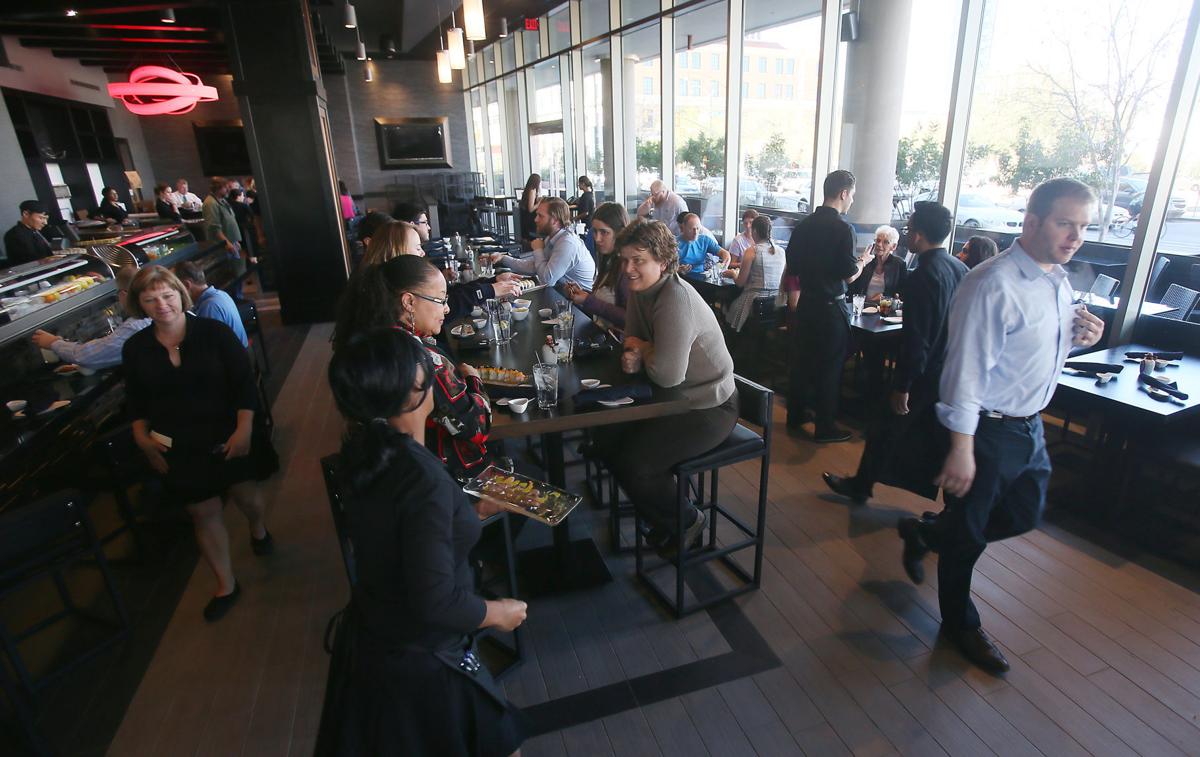The latest jobless numbers suggest Arizonans are feeling pretty good about the state’s future — or at least their own.
On paper, the seasonally adjusted unemployment rate for June remained unchanged from May at 5.1 percent. And the state shed 5,700 private-sector jobs over the same period, including the expected seasonal losses in businesses dependent on winter visitors.
But here’s the thing.
The sector of the economy that grew the most in the past year is leisure and hospitality bars and restaurants. Even with the those seasonal declines, there are 17,600 more people working in bars and restaurants now than a year ago.
At the same time, year-over-year employment at grocery stores is down by 300.
“We’re seeing more and more people spending more on food services and drinking places outside of the home than they are at traditional grocery stores or food products that you might cook in house,” said Doug Walls, research administrator for the state’s Office of Economic Opportunity.
“It could just be a culture change,” he said.
That would mirror what’s been happening elsewhere in the economy, with younger people more interested in renting than in buying homes, and more interested in using mass transit or ride-sharing services than buying their own vehicle.
But it also could be that people feel confident enough about their finances, both current and future, that they’re willing to spend the extra cash for the convenience or just pure pleasure of eating out.
And there are other signs that Arizonans also are more optimistic and upbeat about the future.
Walls cited figures that show the number of people who leave their jobs voluntarily is at 2.2 percent of total employment, a figure not seen since before the recession.
“We tend to think of individuals who are unemployed as those who were fired from a job,” he said. But Walls said ranks of the unemployed also include those who quit “because they felt more optimistic about their chances of finding employment.”
“We’re seeing people more confident in their abilities,” he said. “And they’re moving from job to job in confidence.”
Elsewhere in the economy, the new report has the state’s manufacturing industry showing some signs of life. It added 2,000 jobs last month and 3,900 in the last year, even with computer and electronic parts manufacturers shedding 2,400 positions since last June.
Much of that was offset by strong showings in aerospace and defense-related industries, particularly in Pima County where employment has grown by 700 in the past year, a 6.1 percent gain.
Walls said he cannot talk about specific employers. But much of Pima’s economy is built around Raytheon, which produces many of the missiles being fired off in the Middle East.
Whatever is happening there, it’s a good thing for Pima County: Those 700 aerospace and defense jobs added in the past 12 months represents more than half of all the private-sector jobs the county gained over that same period.
Those numbers also show something else: The state’s job growth remains pretty much concentrated in the Phoenix metro area which includes Maricopa and Pinal counties.
Year over year, the area’s private-sector job growth was 3.1 percent. That compares with 0.4 percent in Pima County, 0.9 percent in Coconino, 2.3 percent in Yavapai, 1.7 percent in Mohave and 3.1 percent in Cochise.
Only Yuma County, which has a history of highly volatile jobless rates, managed to do better, with private-sector employment growing 4.2 percent, driven largely by jobs related to trade.
Overall, the state did lose 37,100 government jobs between May and June. But these largely reflect those who are employed at state and local schools who are not on year-round contracts like food service and janitorial workers, who are technically “unemployed” during the summer vacation even though they’re likely to get rehired when the new school year begins.





